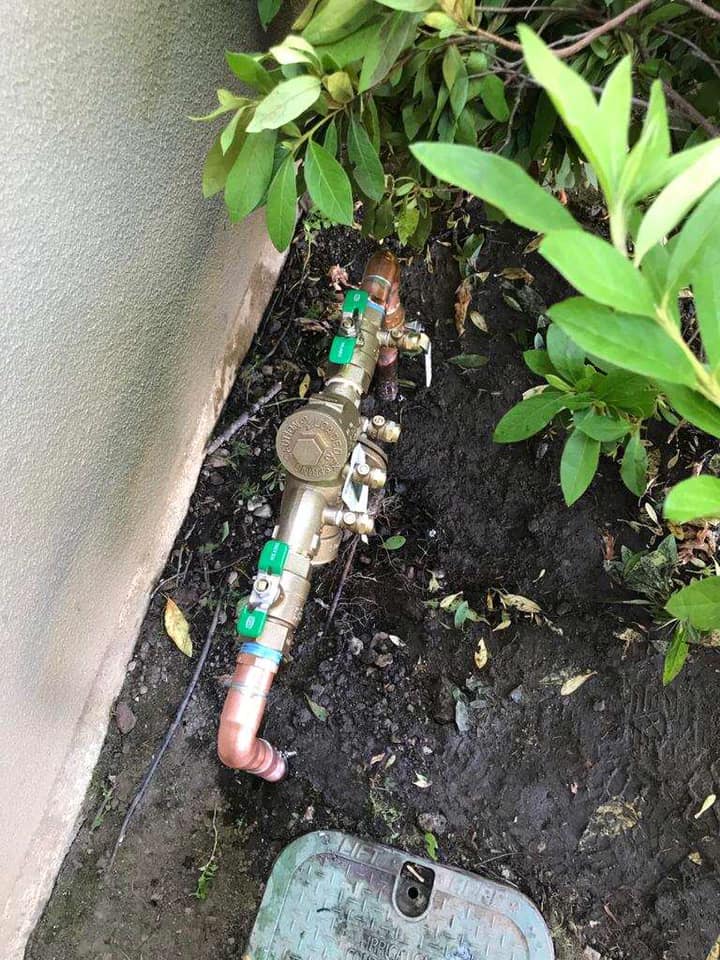Water is crucial for humanity, but it’s vulnerable to contamination. Governments worldwide take steps to ensure clean and healthy water. Backflow prevention is one such measure.
In this blog post, we will delve into the concept of backflow, its significance in preventing contamination, and provide insight into what is a backflow preventer. Additionally, we will explore different strategies for achieving effective backflow prevention.
What Is Backflow?
Backflow refers to the undesirable reversal of water from a contaminated source to a clean water supply. This can occur through back pressure or back siphonage. Back pressure arises when the plumbing system experiences increased pressure, causing water to flow back into the supply. Conversely, back-siphonage occurs when the plumbing system encounters reduced pressure, creating a vacuum that draws water back into the supply.
Why Is It Important to Prevent Backflow?
Ensuring the safety and purity of our drinking water is vital, and preventing backflow is key to achieving this. Backflow incidents can introduce hazardous substances, posing a risk to public health. These occurrences can lead to health complications, including diarrhea and nausea, and in severe cases, even loss of life. Prioritizing effective measures to prevent backflow is imperative for safeguarding individuals and communities.
Prevent Backflow with a Backflow Prevention Device
Installing a backflow prevention device is one way to prevent backflow. It blocks water from flowing backward in the main water line of your plumbing system. Backflow preventers come in various shapes and sizes, depending on your home or business plumbing setup.
Types of Backflow Preventers
Common types of backflow preventers include:
- Atmospheric Vacuum Breakers (AVBs)
- Reduced Pressure Zone Devices (RPZs)
- Double Check Valves
- Pressure Vacuum Breakers (PVBs)
The selection of a backflow preventer for a plumbing system depends on the level of hazard involved. It is crucial to have a qualified plumber install the appropriate preventer based on the specific requirements.
Functioning of a Backflow Preventer
Backflow preventers work using either a check valve, a vacuum breaker, or a combination of both. Check valves allow water to move in one direction only. When water begins to flow back in the opposite direction, the check valve closes and prevents backflow. Vacuum breakers are installed near plumbing fixtures or near devices that are connected to plumbing. They work by creating a gap in the system, releasing any backpressure that may exist.
Proper maintenance of your plumbing system is another effective way to prevent backflow. Regular checks, such as stabilizing water pressure, eliminating cross-connections, and installing appropriate air gaps, can help detect and address any issues before they cause harm.
Preventing Backflow: Safeguarding Your Water Supply for a Healthy Future
Access to clean water is crucial for sustaining human life. In order to prioritize public health and safety, it is imperative that we give due importance to preventing backflow. Now equipped with a deeper understanding of backflow, its significance, and the necessary preventive measures, you can take the appropriate steps to safeguard your water supply. The next time you encounter backflow, you will not only comprehend its importance but also have the knowledge to effectively prevent it.
For reliable backflow prevention services, choose Discount Plumbing Rooter Services Our certified plumbers will secure your water supply with inspections, testing, repairs, and maintenance. Contact us today to protect your water supply for a healthy future!






